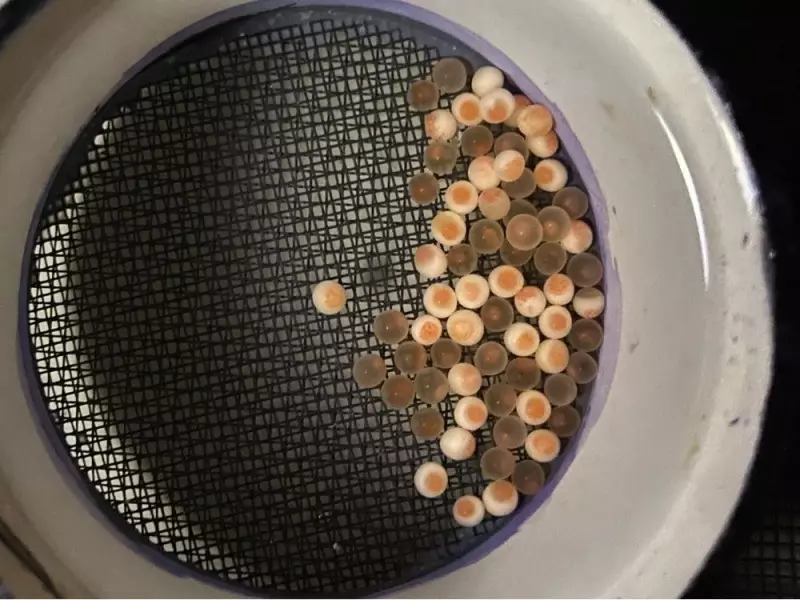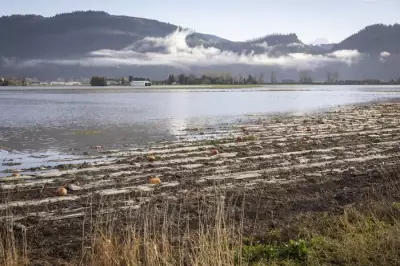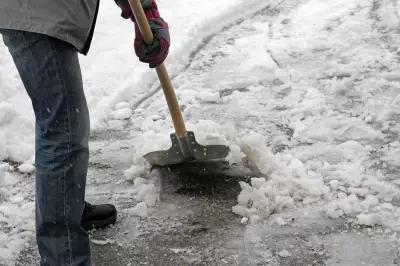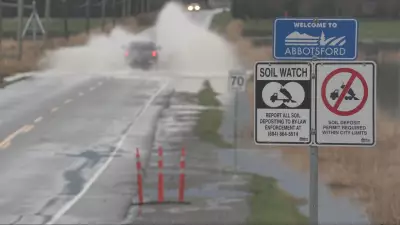
In a startling revelation that could reshape winter road maintenance practices across British Columbia, University of British Columbia researchers have identified a critical vulnerability in salmon development. Their groundbreaking study reveals that road salt poses the greatest threat to salmon survival during the first 24 hours after egg fertilization.
The Critical Window of Vulnerability
The research team, led by environmental toxicologists at UBC, discovered that salmon embryos experience dramatically higher mortality rates when exposed to road salt contamination immediately following fertilization. This narrow 24-hour window represents the most dangerous period for developing salmon, with toxicity effects diminishing as the eggs mature.
"We were surprised by how acutely sensitive the newly fertilized eggs were compared to other developmental stages," explained the lead researcher. "This finding completely changes our understanding of when salmon are most at risk from road salt pollution."
Implications for BC's Wild Salmon Populations
The timing of this vulnerability coincides with winter months when road salt application is highest across British Columbia. As snow and ice melt, the runoff carries concentrated salt into waterways where salmon spawn, creating a perfect storm of environmental threat during the species' most delicate life phase.
Pacific salmon species, including the iconic Chinook and Sockeye that populate BC's rivers, face multiple environmental pressures. This newly discovered threat from road salt adds another layer of concern for conservationists and fisheries managers working to protect declining populations.
Beyond Traditional Toxicity Testing
Traditional environmental testing has typically focused on longer-term exposure to pollutants, but this research highlights the importance of understanding specific developmental windows. The study examined multiple concentrations of road salt and tracked survival rates across different embryonic stages.
The findings suggest that current environmental protection standards may be inadequate for protecting salmon during their most vulnerable periods. Researchers noted that even brief exposure to road salt during this critical window could have devastating impacts on entire year classes of salmon.
Path Forward for Conservation and Policy
This research provides crucial data for policymakers and transportation departments seeking to balance public safety with environmental protection. The study authors emphasize the need for:
- Developing alternative de-icing methods less harmful to aquatic life
- Implementing targeted salt application practices near sensitive waterways
- Creating buffer zones and improved runoff management systems
- Timing road maintenance activities to avoid peak salmon spawning periods
As British Columbia continues to grapple with declining salmon returns, this research offers both a warning and an opportunity. By understanding the precise mechanisms threatening salmon survival, conservation efforts can become more targeted and effective in protecting these ecologically and culturally vital species.
The research team continues to investigate the physiological mechanisms behind this heightened sensitivity and is exploring practical solutions that could help mitigate the impact of winter road maintenance on BC's precious aquatic ecosystems.





